Lined Seahorse – Captive-Bred
$104.99
-
Select Variant
The Lined Seahorse, Hippocampus erectus is a colorful and large fish that is thought by many enthusiasts to be the most attractive among seahorses. They live in a range of habitats within the Western Atlantic Ocean on the East coast of the United States. The colors of Captive-Bred seahorses vary from black shades from brown to gray. The color of their fur can change depending on the aquarium and is heavily dependent on the color of the environment.
It's best in a pair or in a smaller group of its own in an aquarium that is exclusively for species that is 30 gallons or more. The higher the tank is, the better. At minimum 16 inches is ideal, since good circulation is crucial. It is able to get along with shy, small fish like gobies and firefish. But territorial, aggressive fish or swift-moving fish don't make great companions.
If it is time to mate the male Lined Seahorse will be awestruck by the female through the dramatic changes in color and energetic pouch displays as well as lots of elegant dance. If it is receptive, the potential partner will tie the tails, dance, and deposit up to 600 eggs into female pouches. After 14 days the male will deliver between 50 and 400 miniature replicas of the couple.
The aggressive, fast-moving fish will beat against the Lined Seahorse for food. When the fish is first introduced to the aquarium with live shrimp, saltwater feeders are recommended to lure the fish to take in. These Seahorses with Captives are used to mysis shrimp frozen which makes them an excellent alternative to wild-caught species. They also feed on amphipods and other smaller crustaceans in live rock. They also eat adult brine shrimp with vitamin enrichment however, they should not constitute the major portion part of the diet. They are slow-conscious feeders and would like two or more smaller meals per day.
Captive bred seahorses are most likely to spend their time hanging onto seagrass using their prehensile tails instead of swimming. Its unique characteristics and behaviors are what make it an impressive fish that can be kept in an aquarium at home.
Approximate Size of Purchase: Small: 1-1/2" to 2-1/2"; Medium: to 2-1/2" or larger
- Description
- Additional Information
- Reviews
Lined Seahorse - Captive-Bred Information
These fish are not great swimmers, and depend on their colors and textures to hide in seagrass, coral, or mangroves. In these areas, they take on smaller prey species by sucking them up with their snouts that are toothless. They pick a mate for a time or an entire lifetime, engage in intricate bonding and courting rituals, and the male bears embryos until they are born in the brood pouch. Seahorses are 7 inches and live up to 4 years. Due to their outstanding camouflage, as well as their bone plates as their body structure, They are not at risk of predatio.
size
Large, Medium, Small
Units
1
Weight
6 lbs
Dimensions
1 × 1 × 1 in

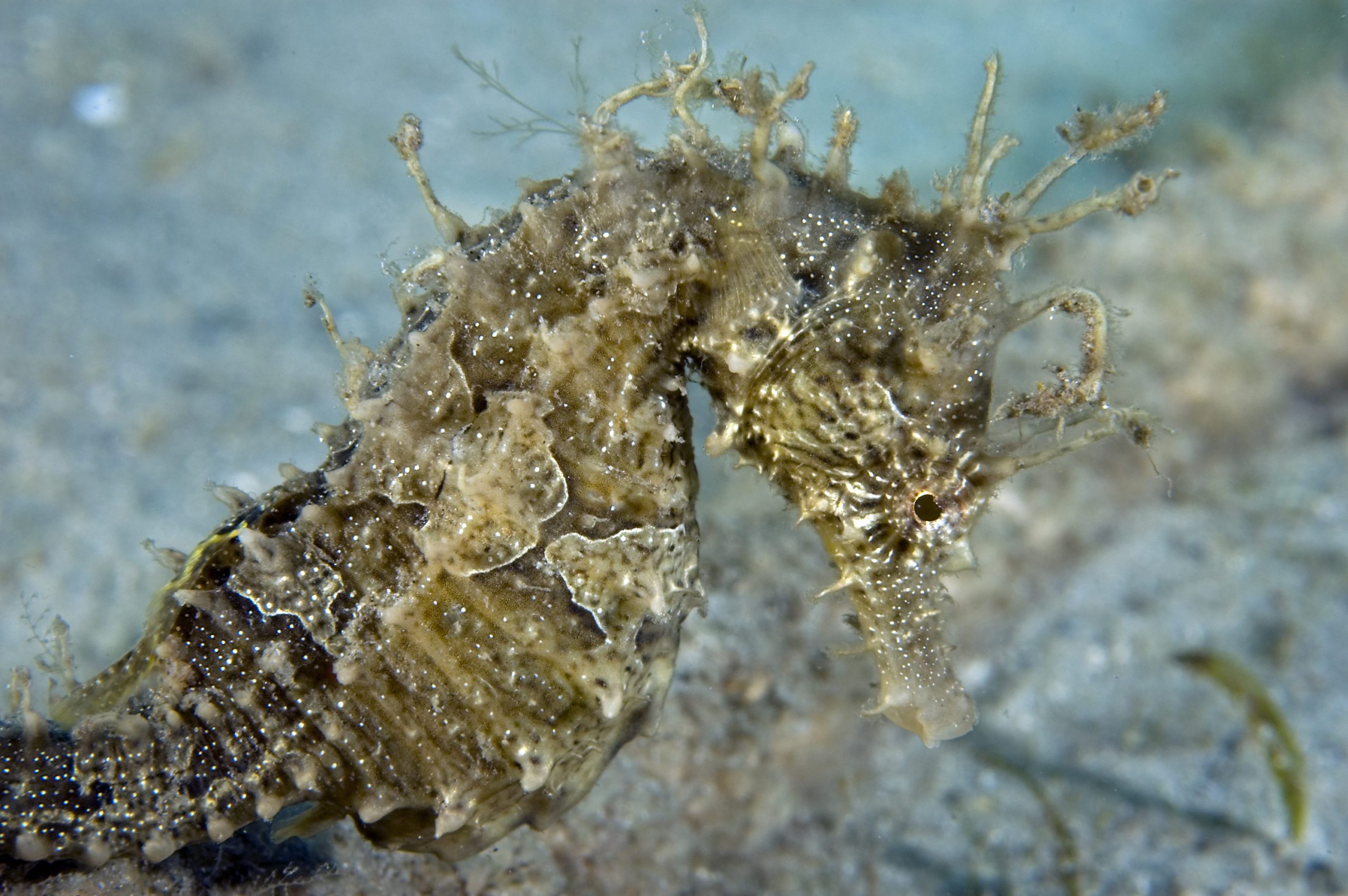
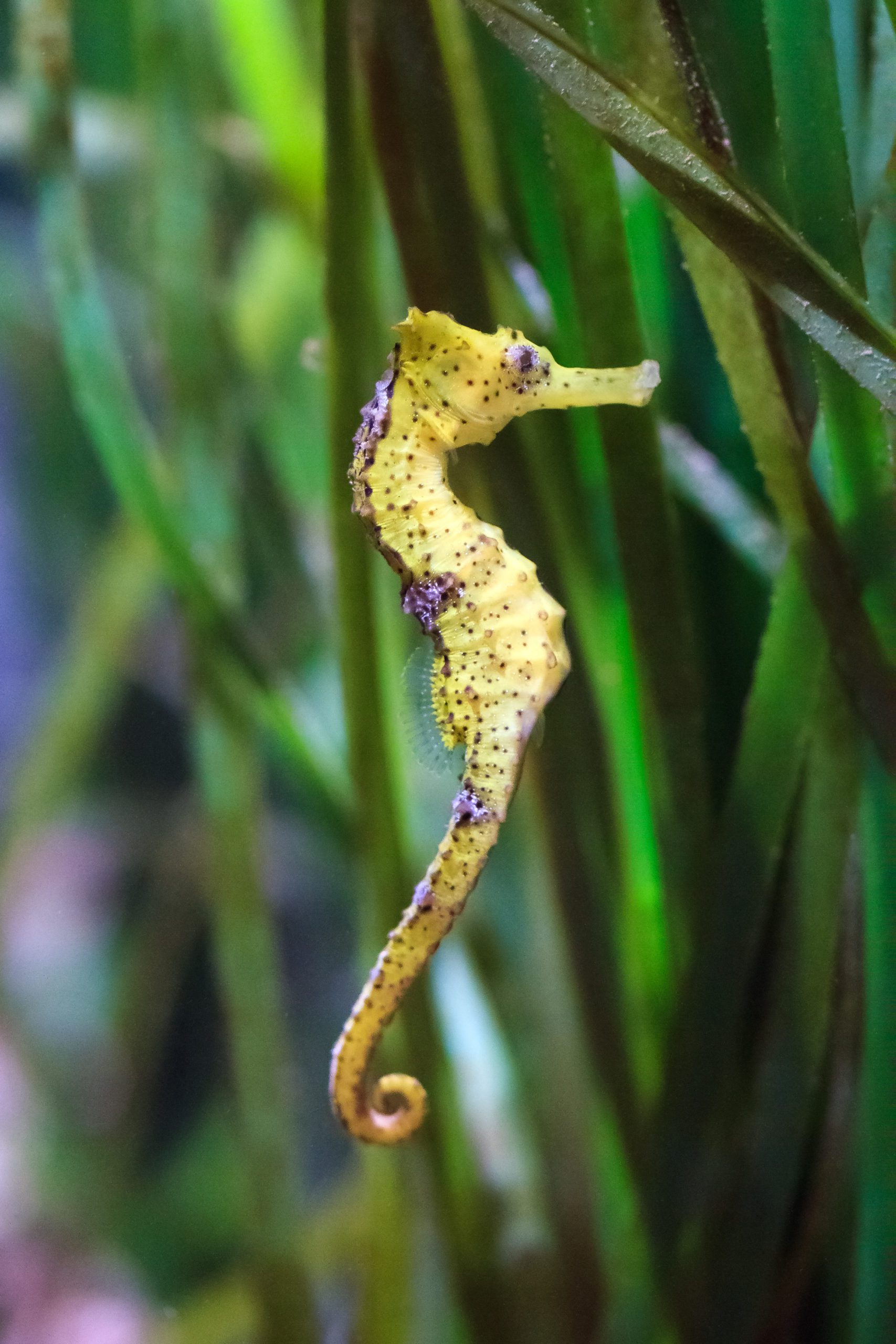
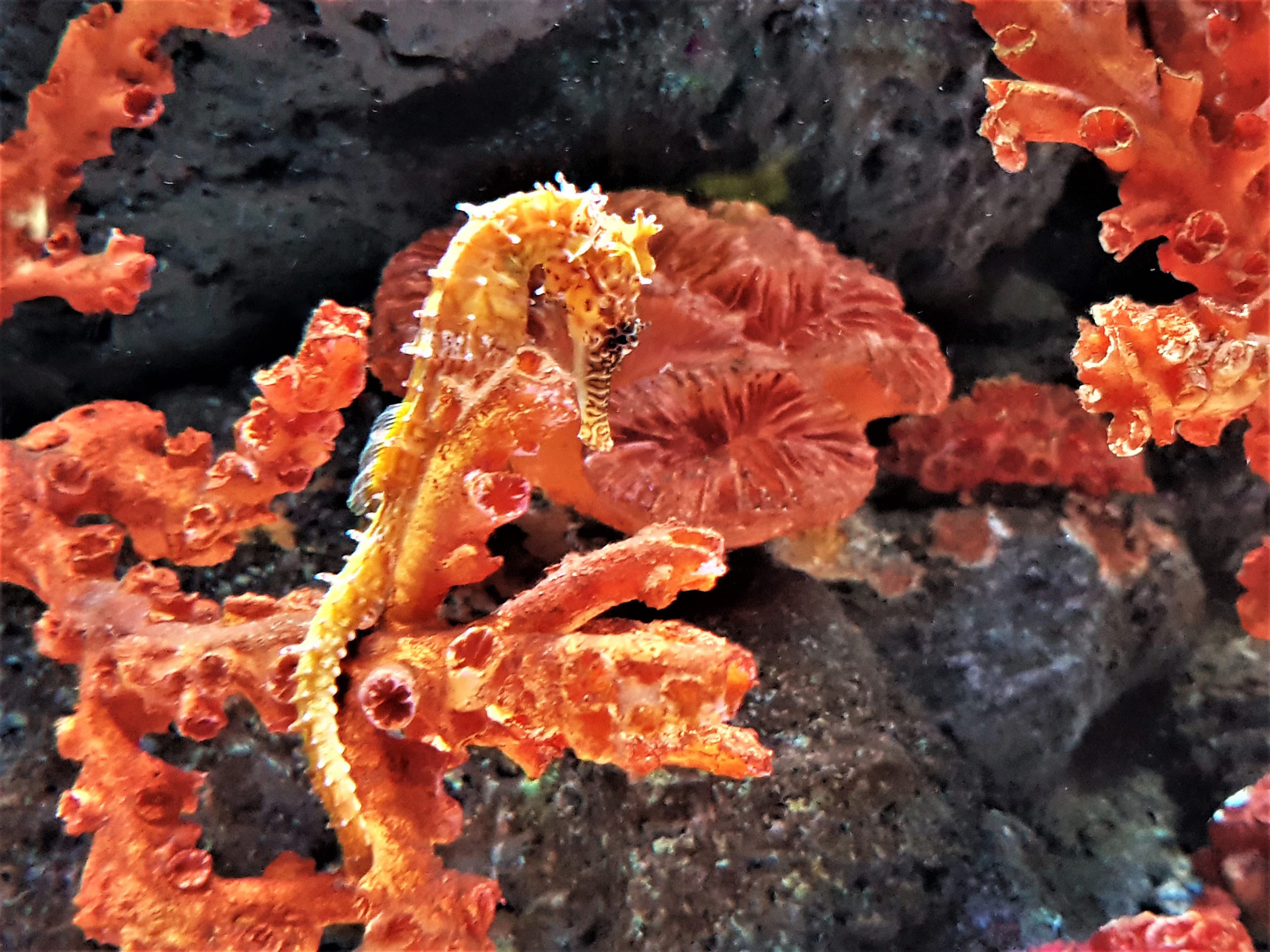
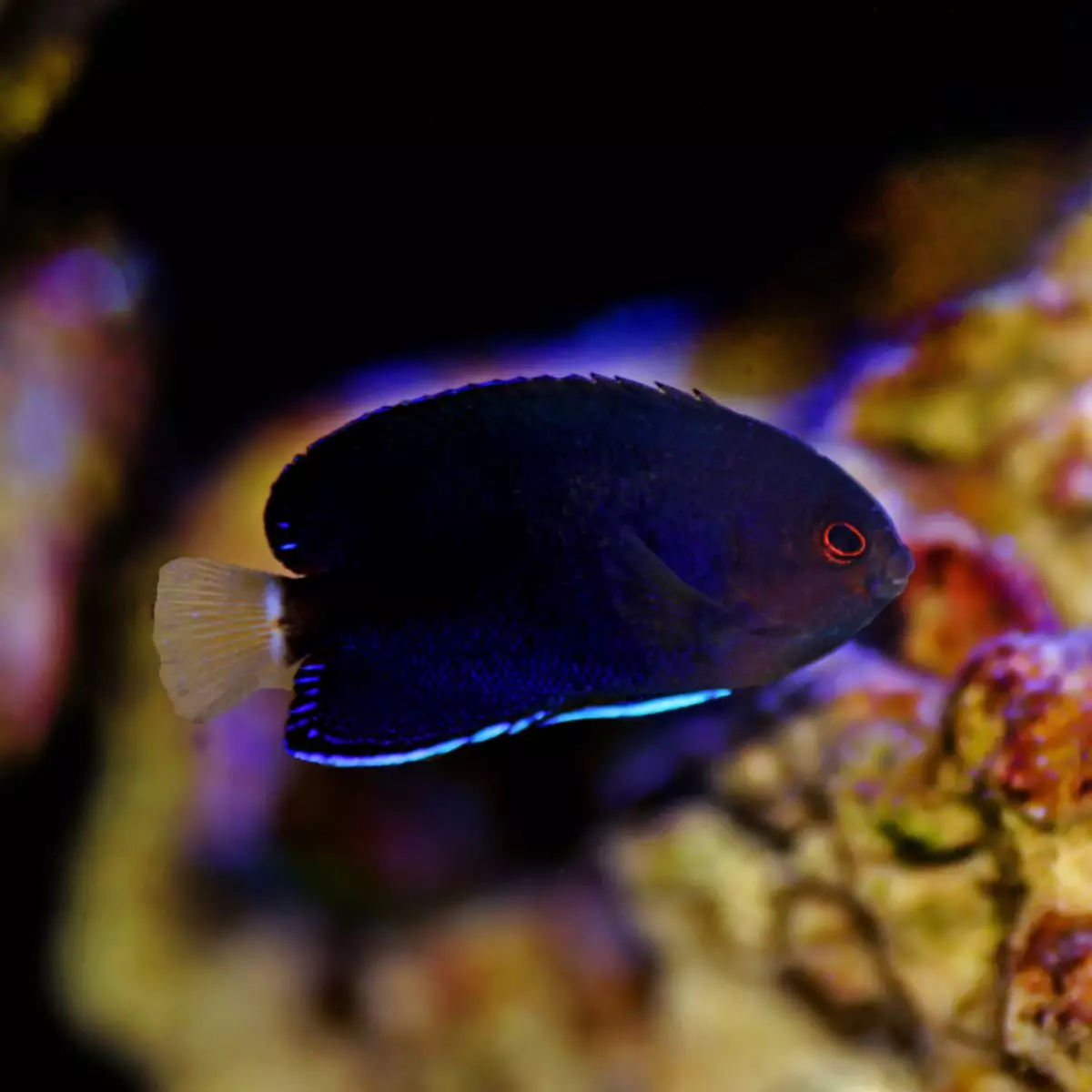
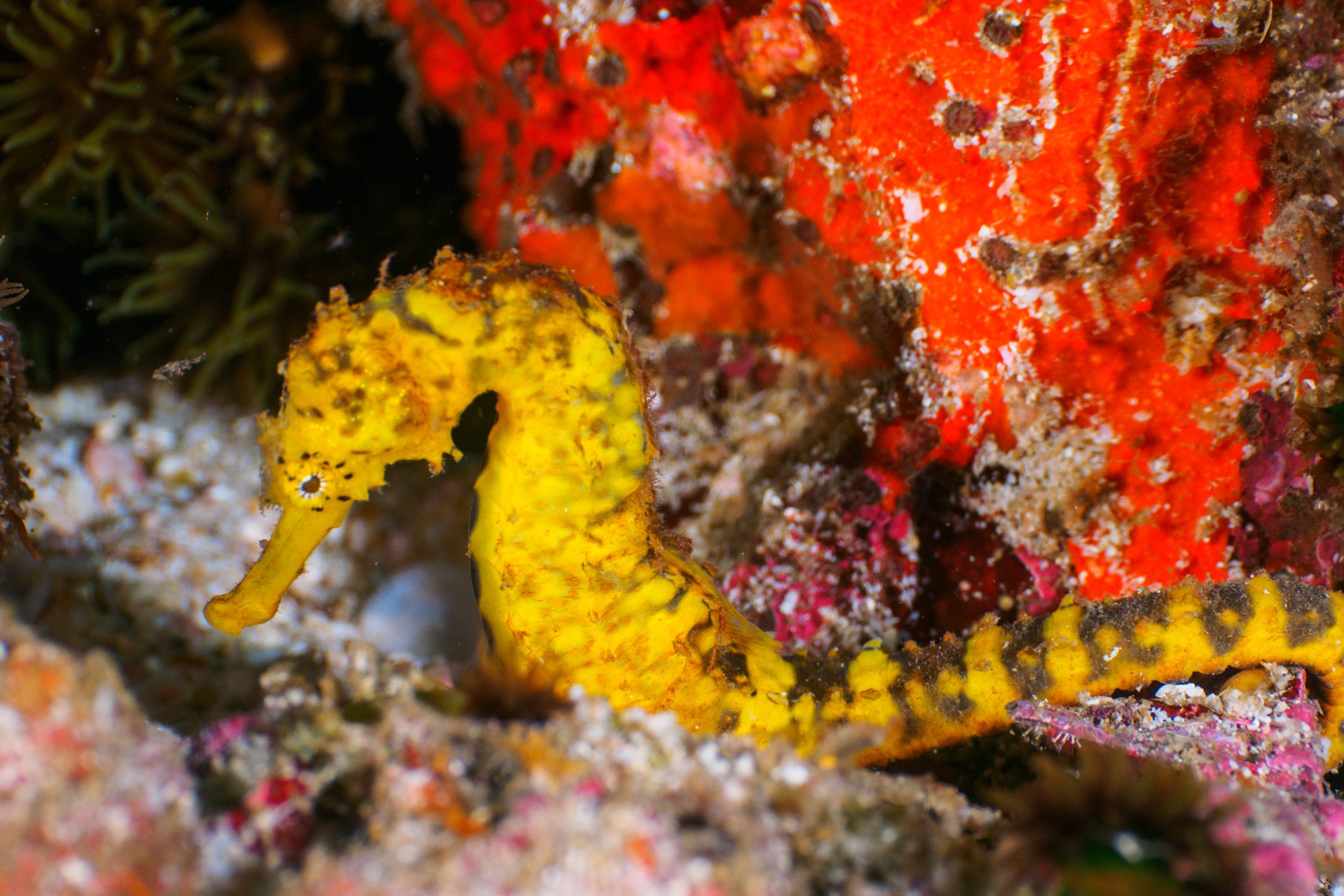

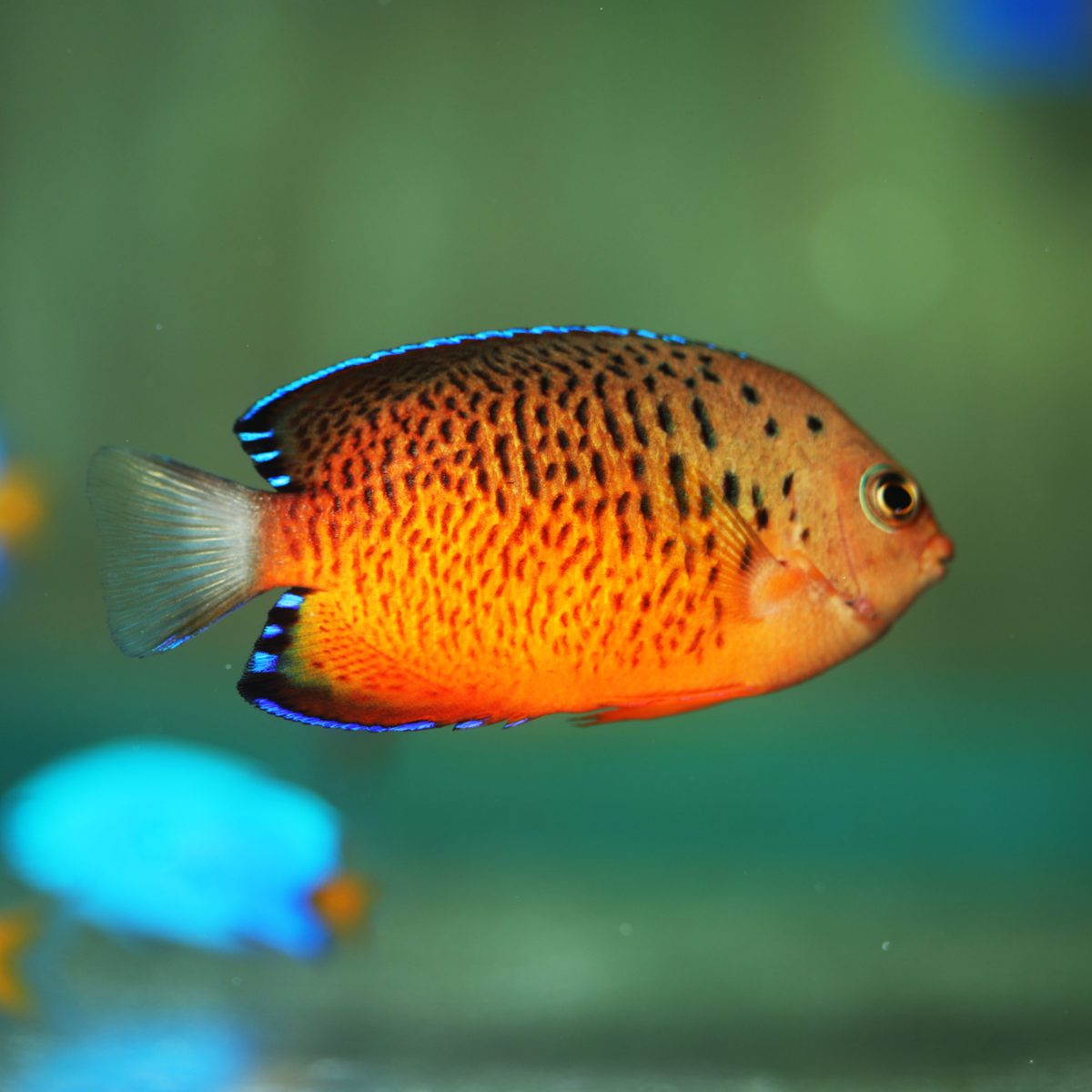
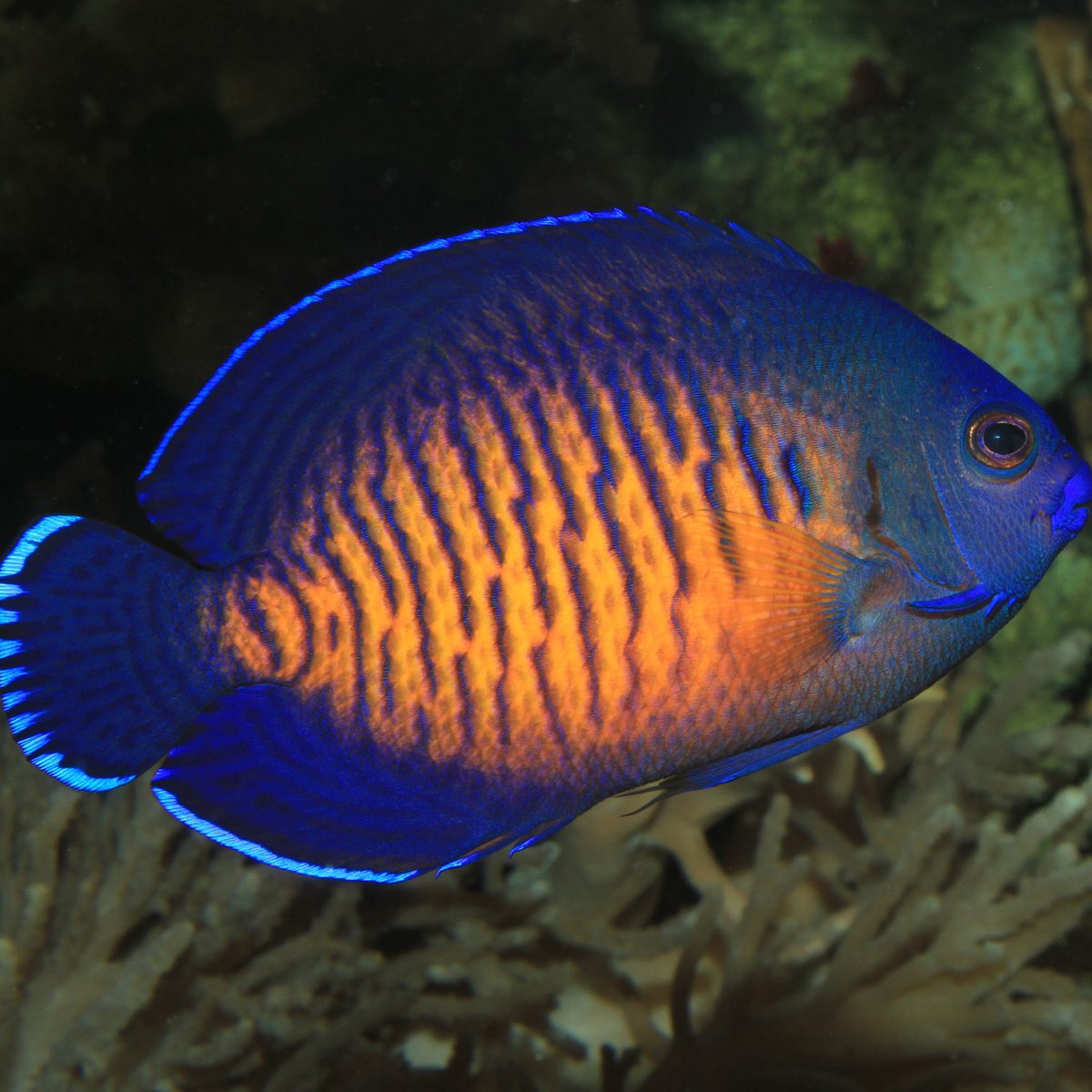
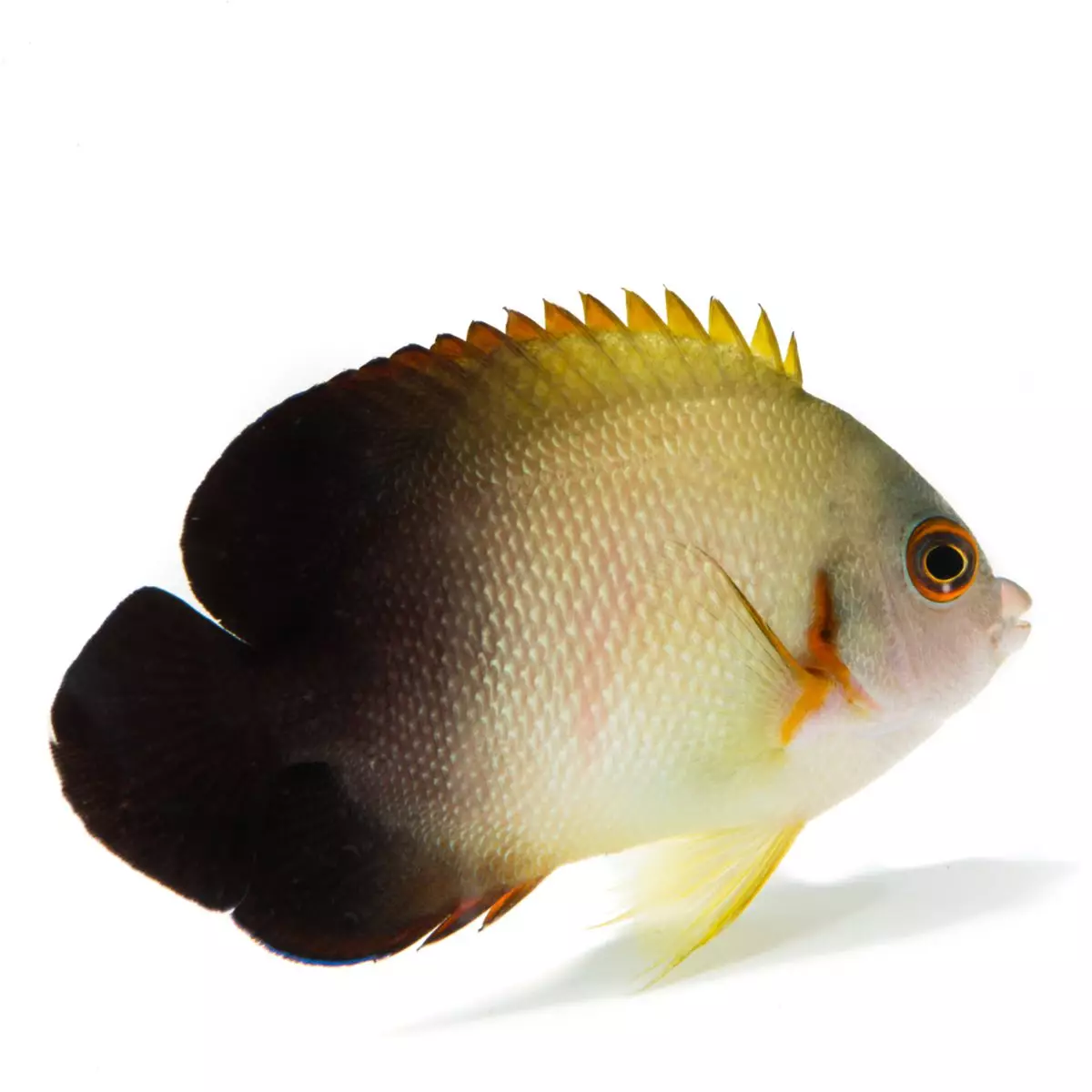

Reviews
There are no reviews yet.